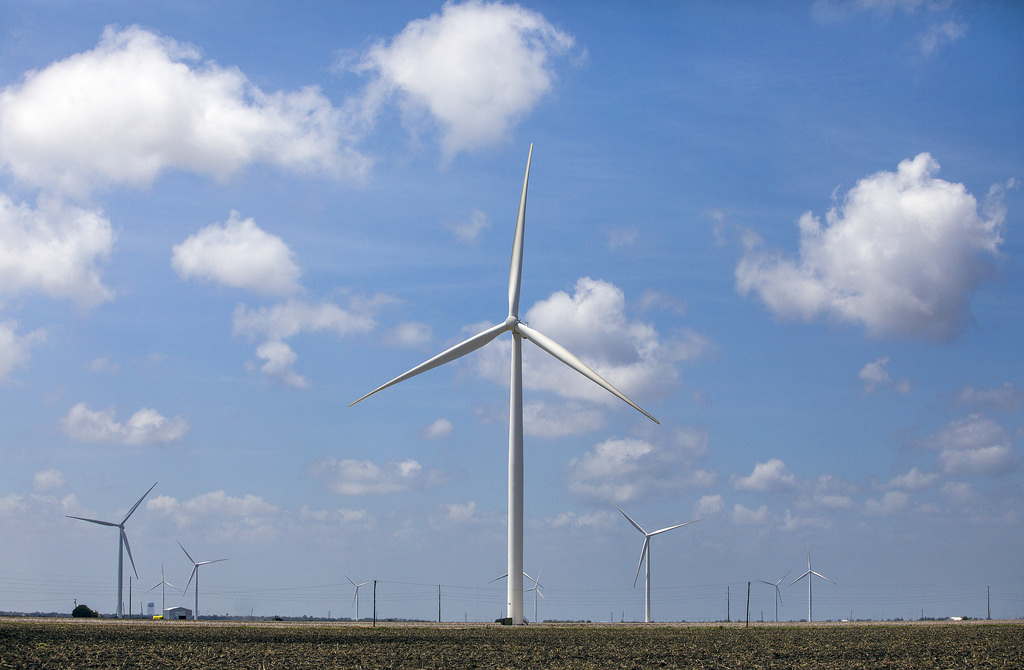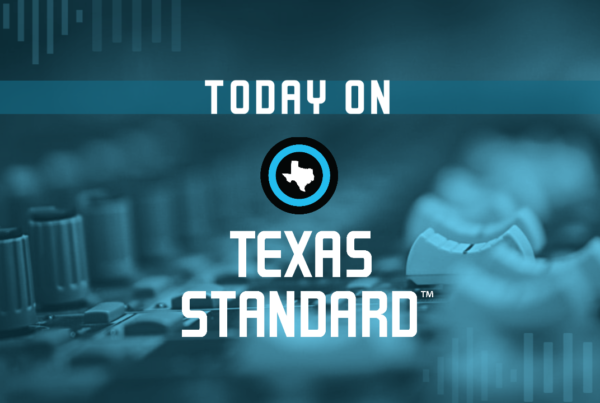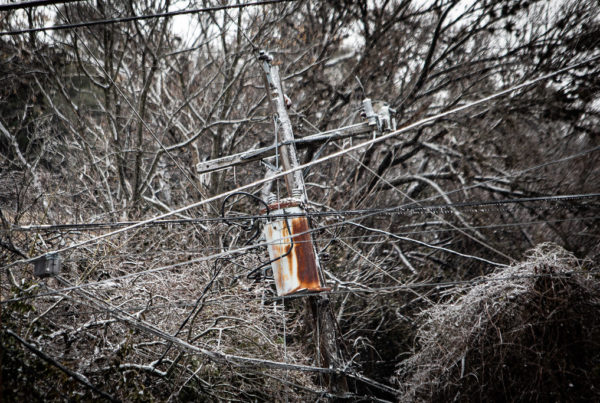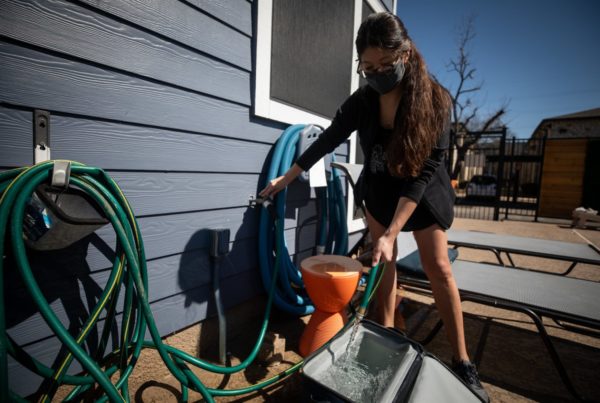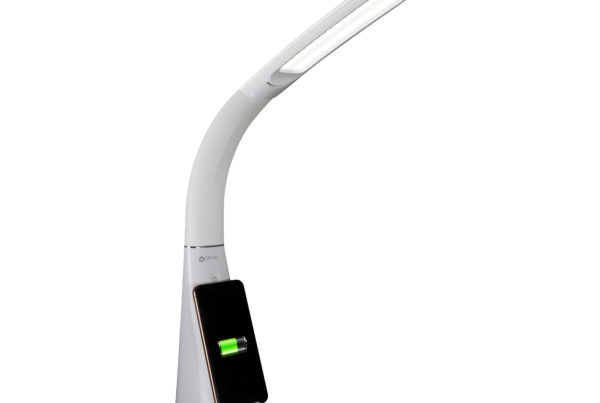In the midst of a storm that left millions of people in the dark, wind power became the scapegoat for some politicians. The renewable energy source seemed like quite a deal for consumers until the turbine blades stop spinning, they said.
Sound familiar? The assertions about wind energy that some Texas leaders made last week are echoes of what happened in Australia in 2016, after high winds led to widespread blackouts – and a black eye for wind power.
Ketan Joshi wrote about the Australian blackouts for The Guardian. He’s an Australian science writer and author of the book “Windfall: Unlocking a Fossil Free Future.” He told Texas Standard the September 2016 storm knocked down power lines across South Australia, leading to a voltage surge.
“That voltage surge triggered a shutdown in some wind turbines, and that was part of this cascade of events that eventually led to the entire state of South Australia being knocked offline,” Joshi said.
As in Texas last week, Australian opponents of renewable energy were quick to blame power outages on wind turbines before their full cause was known, Joshi says.
“Of course, it isn’t really down to the type of technology. It’s down to the preparation and the planning decisions made over many years,” he said.
Australia’s 2016 power blackouts made it clear that forecasting what will happen to power grids and other infrastructure is an important and difficult task when integrating any kind of new technologies into the energy system, Joshi says. He wonders if planners in Texas have learned that lesson.
“The thing I was really thinking was, I wonder if ERCOT [Electric Reliability Council of Texas] knew wind turbines would freeze. When temperatures are freezing and humidity is high, ice forms on the blades,” he said. “And I wonder if they were factoring that into their grid management.”
The way to make the energy grid more resilient is to focus on upgrading all of the infrastructure, not just one source of power, Joshi says.


